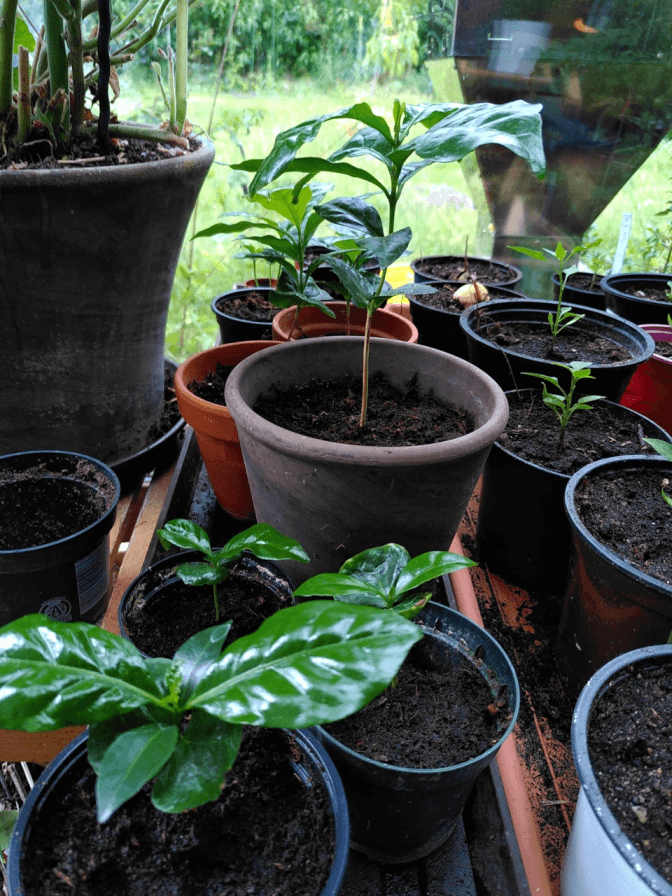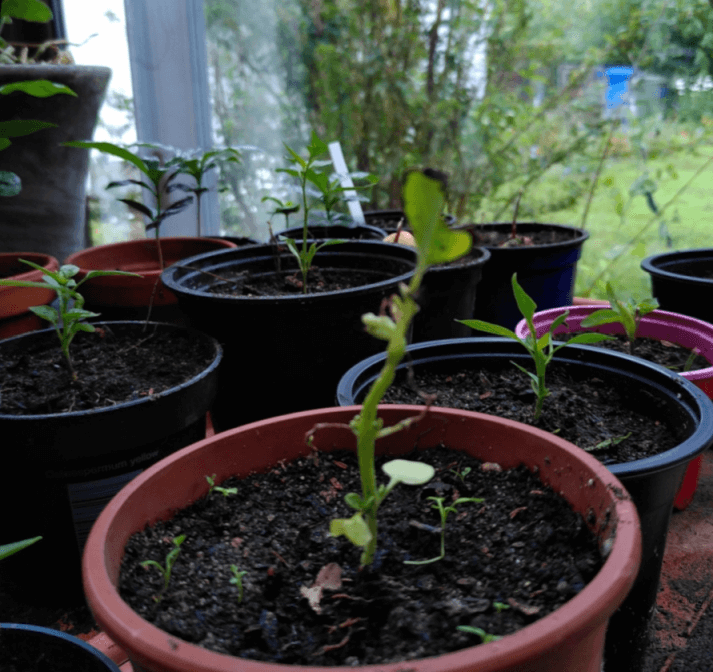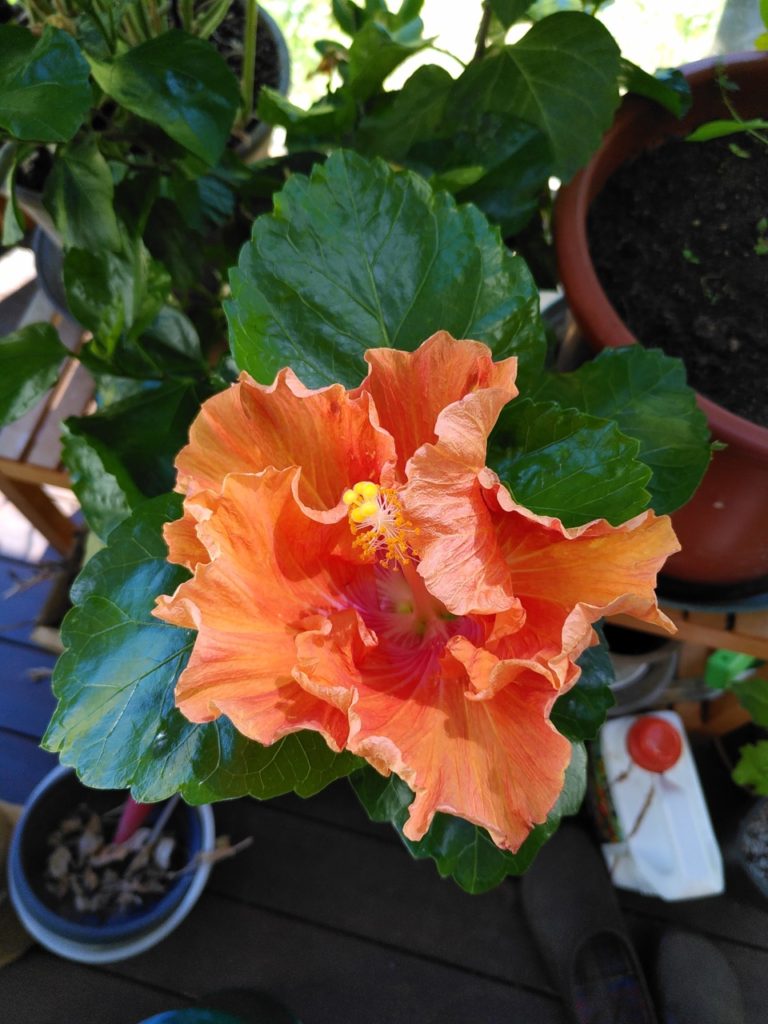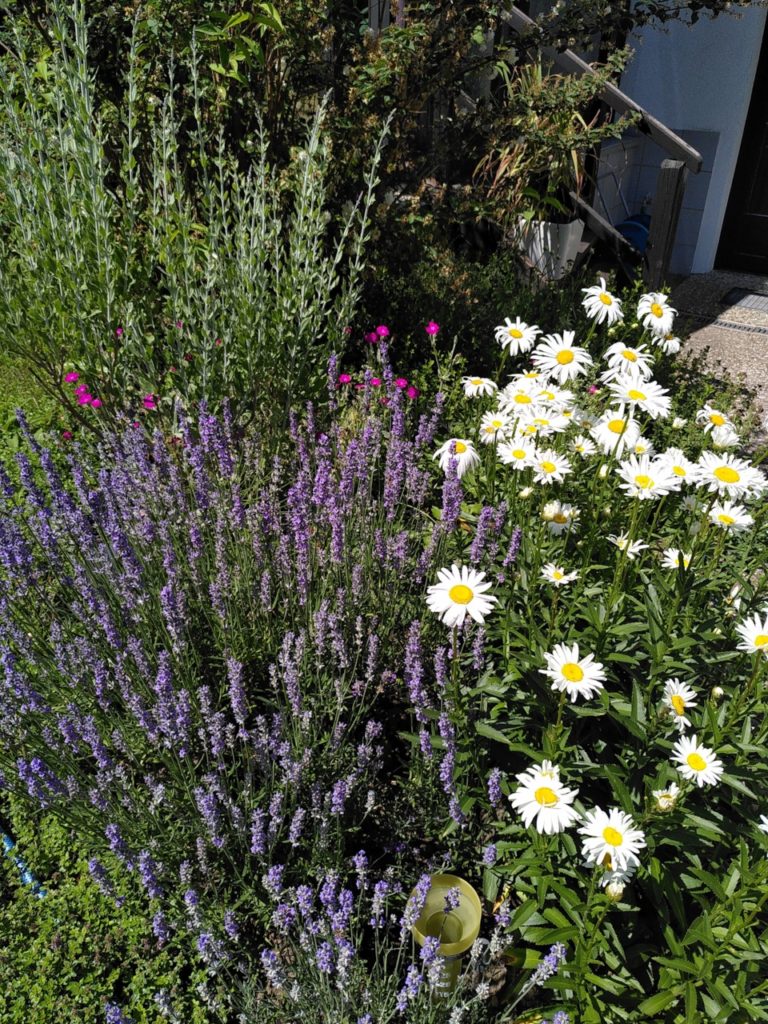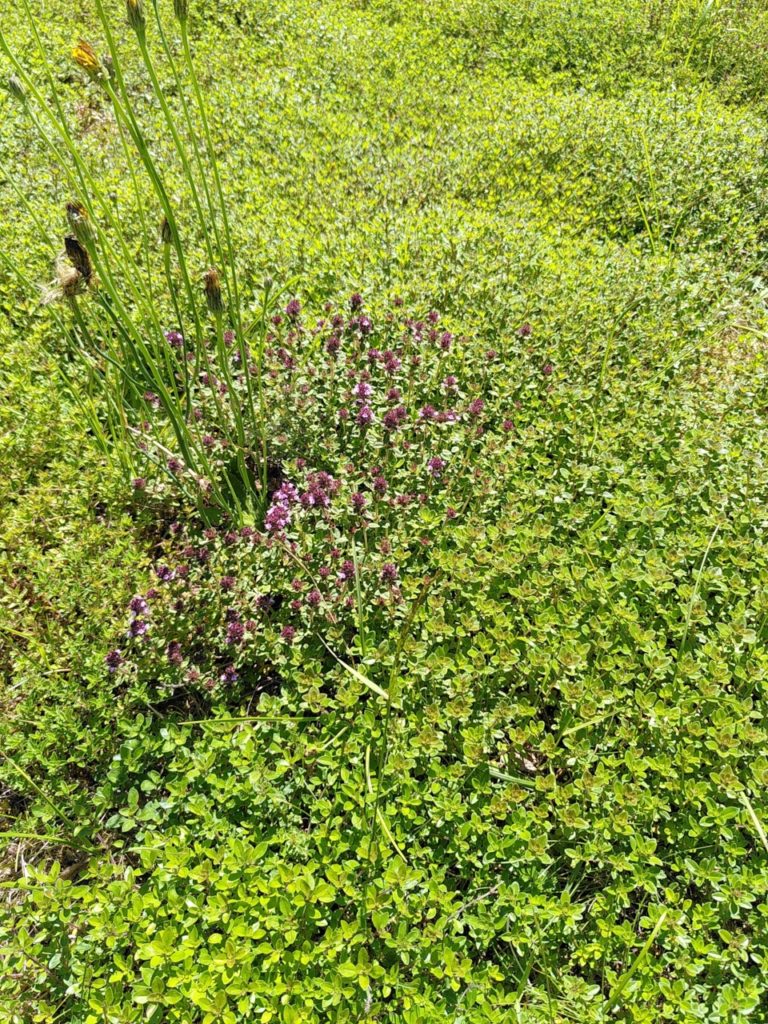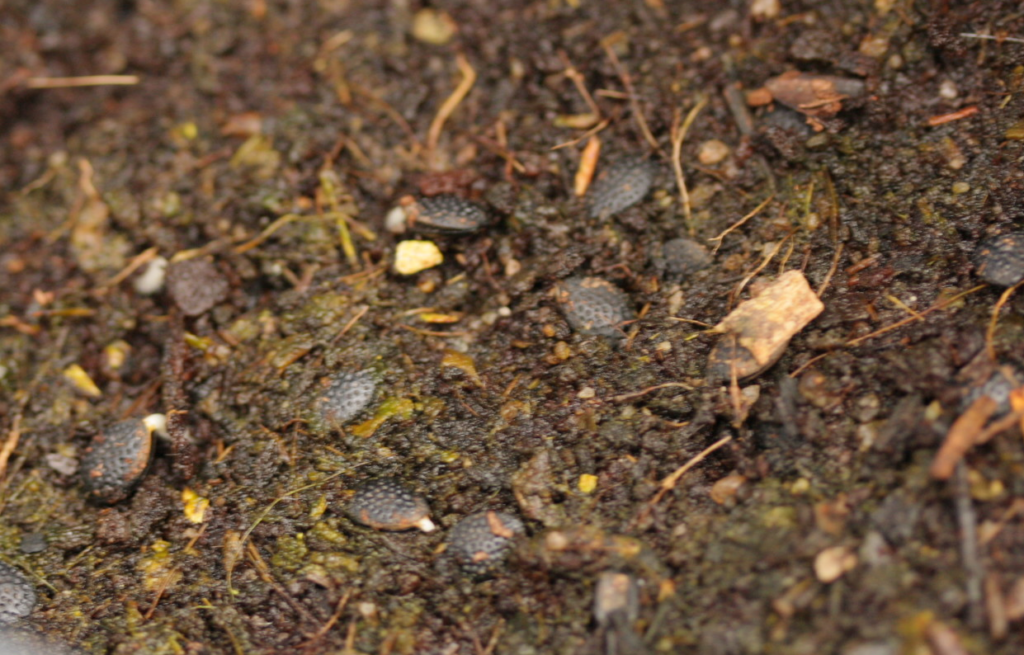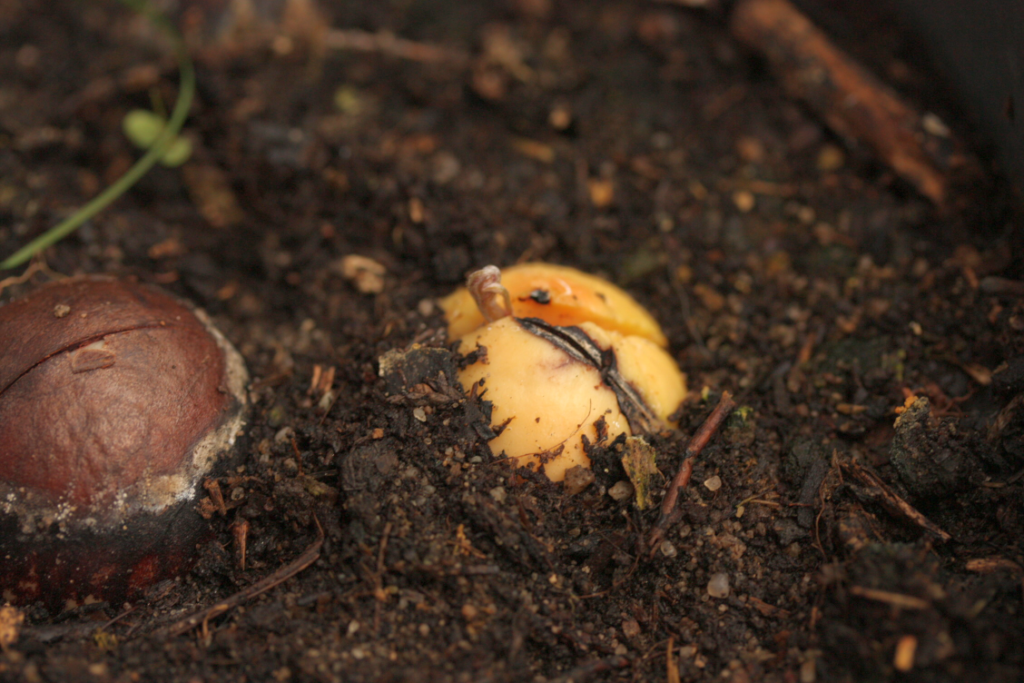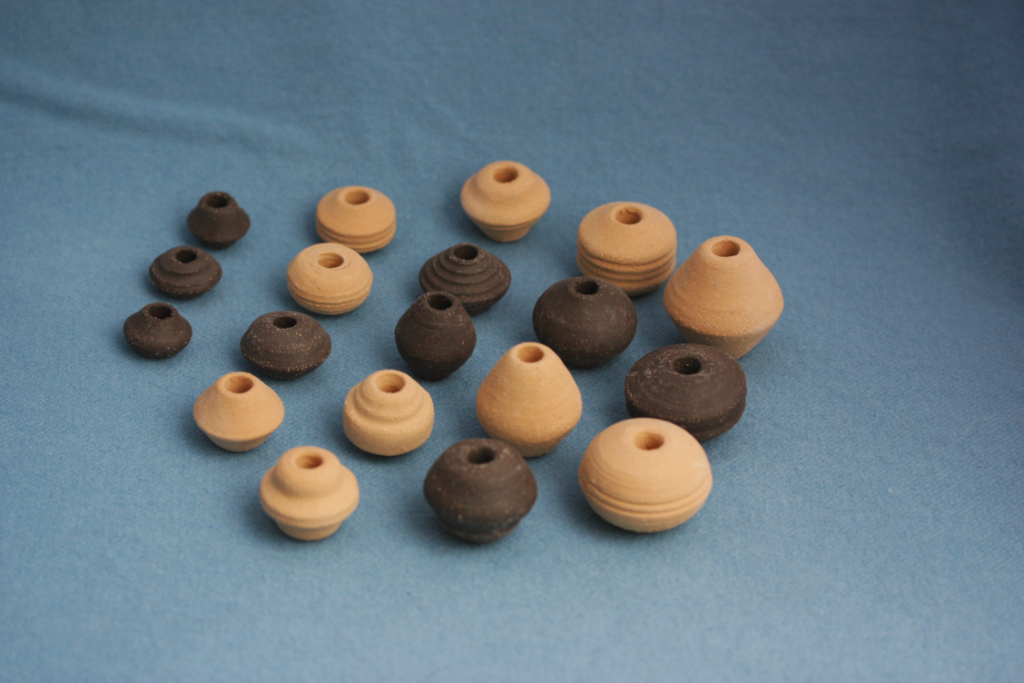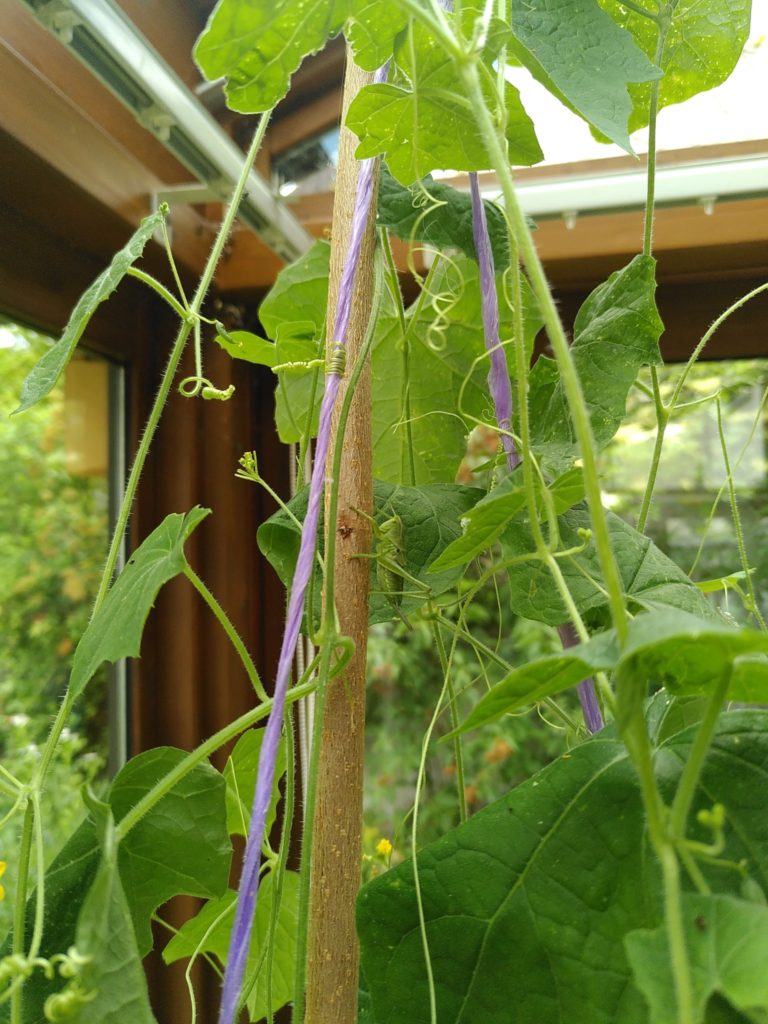Today's not much going on outside, bee-wise, as it's raining. Finally! Hopefully there will be enough water coming down during the day to refill our rain barrel, which was almost empty with all the watering of the potted plants. It's still too dry anyways for the time of year - another sign of the climate change. Sigh.
Good news, though: Yesterday was sunny and nice, and I did manage to take a few photos of the aforementioned red-listed little bee. No glorious photos, but decent enough to tell that it really is Andrena hattorfiana:
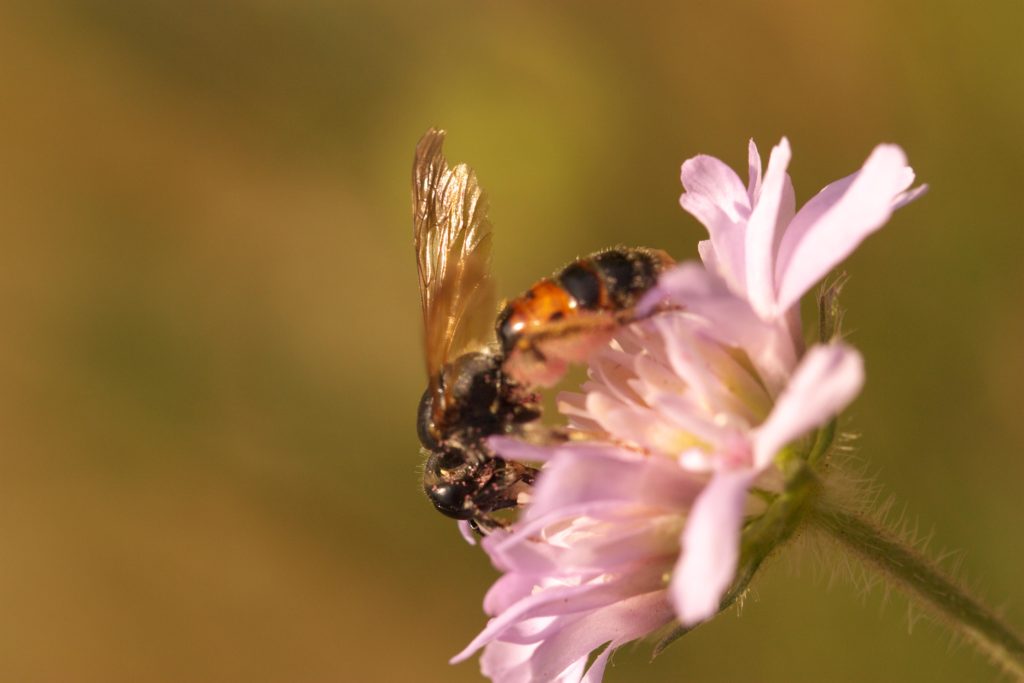
You can tell the species by the colouring of the abdomen - and the fact that the lady is gathering nectar and pollen from a specific flower genus, the Knautia flowers. Which happen to grow on our not-lawn...
Here's a second shot of the bee:
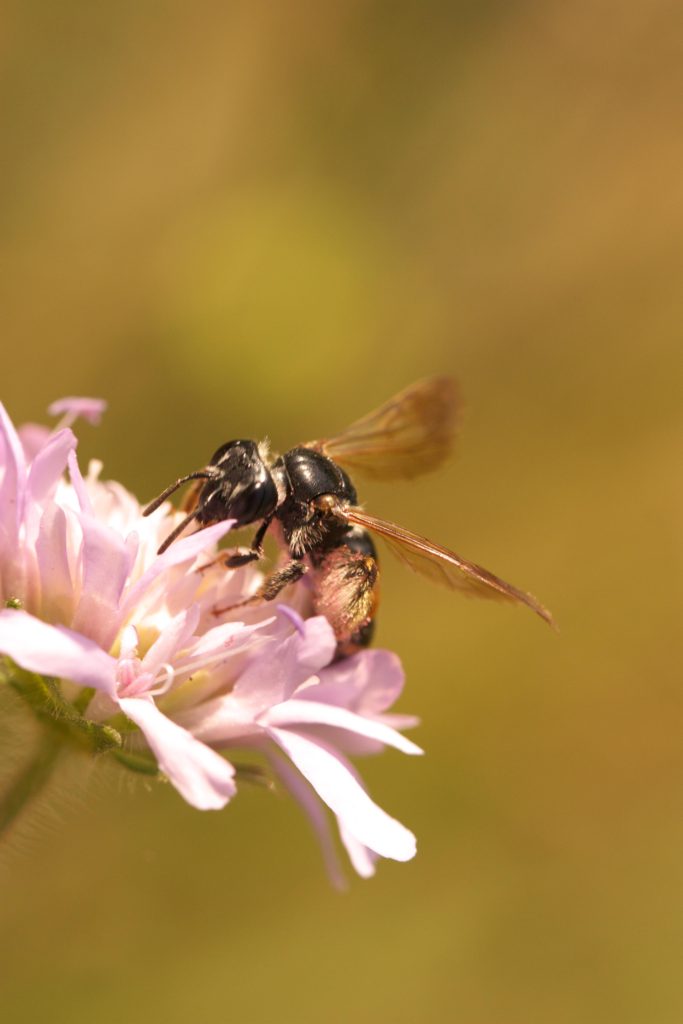
And as a bonus, an European peacock (Aglais io):
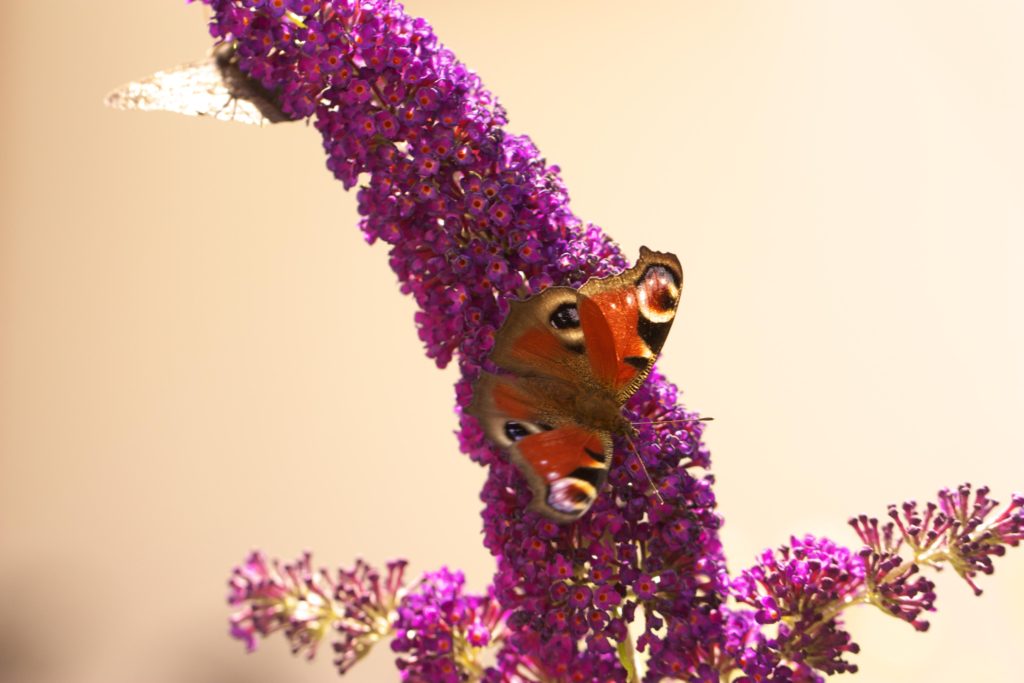
Actually it's two of them, one with closed wings is sitting right on top of the summer lilac flower.
Good news, though: Yesterday was sunny and nice, and I did manage to take a few photos of the aforementioned red-listed little bee. No glorious photos, but decent enough to tell that it really is Andrena hattorfiana:

You can tell the species by the colouring of the abdomen - and the fact that the lady is gathering nectar and pollen from a specific flower genus, the Knautia flowers. Which happen to grow on our not-lawn...
Here's a second shot of the bee:

And as a bonus, an European peacock (Aglais io):

Actually it's two of them, one with closed wings is sitting right on top of the summer lilac flower.




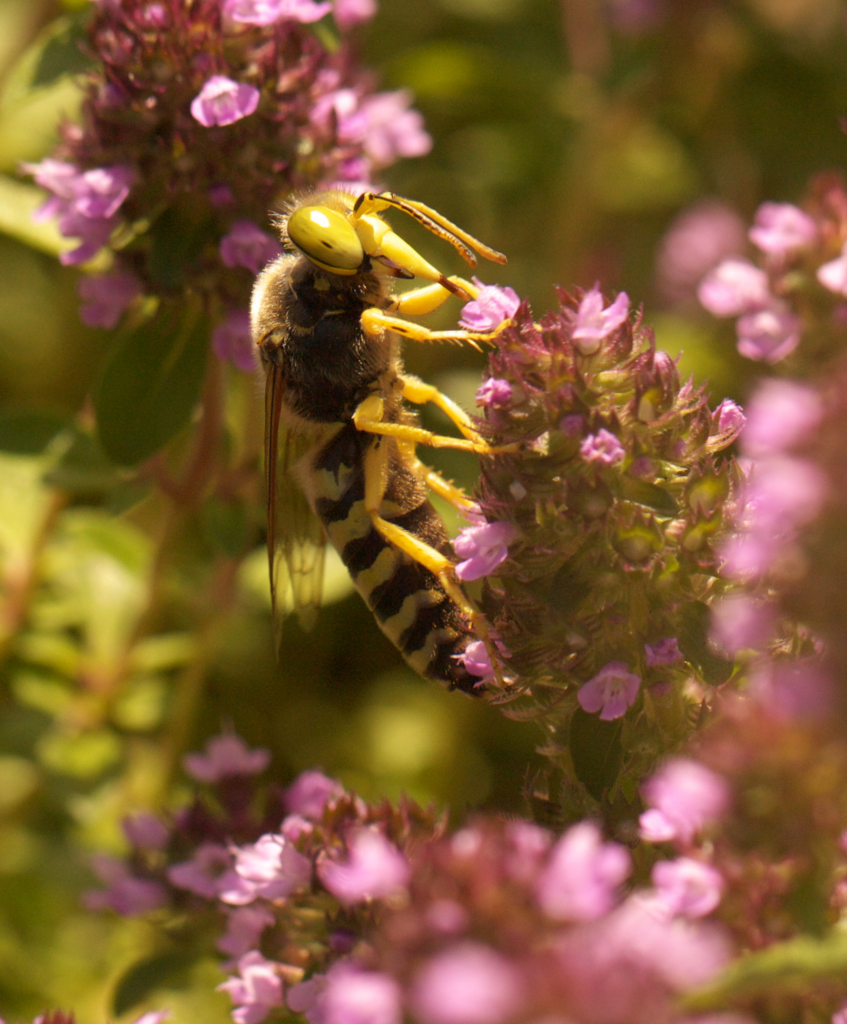 Male Gallische Feldwespe (European Paper Wasp),
Male Gallische Feldwespe (European Paper Wasp), 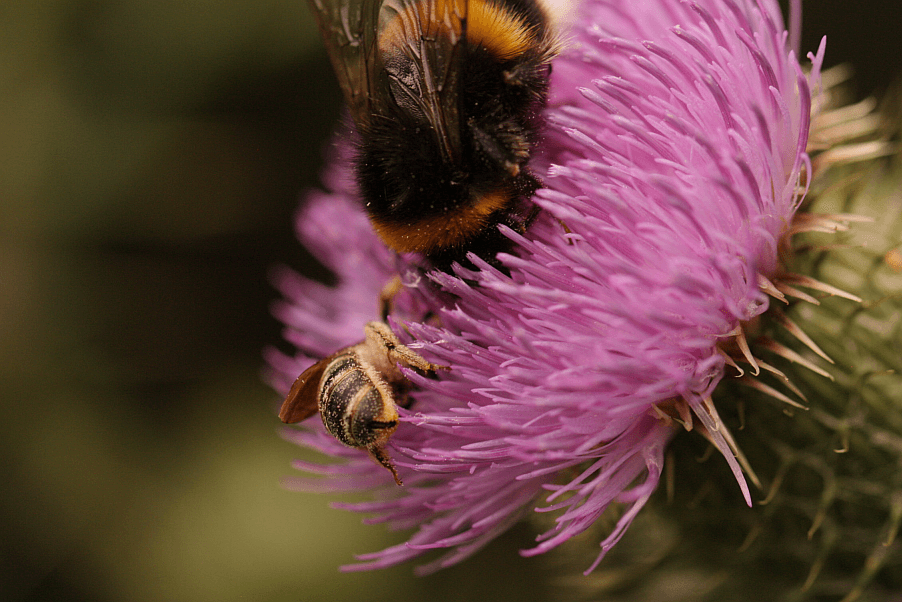 Gelbbindige Furchenbiene,
Gelbbindige Furchenbiene, 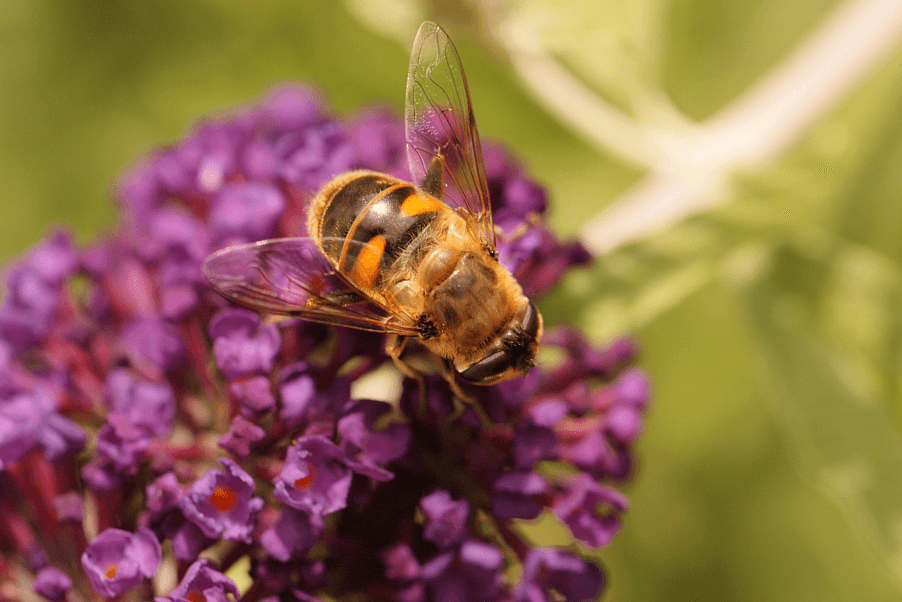 Probably
Probably 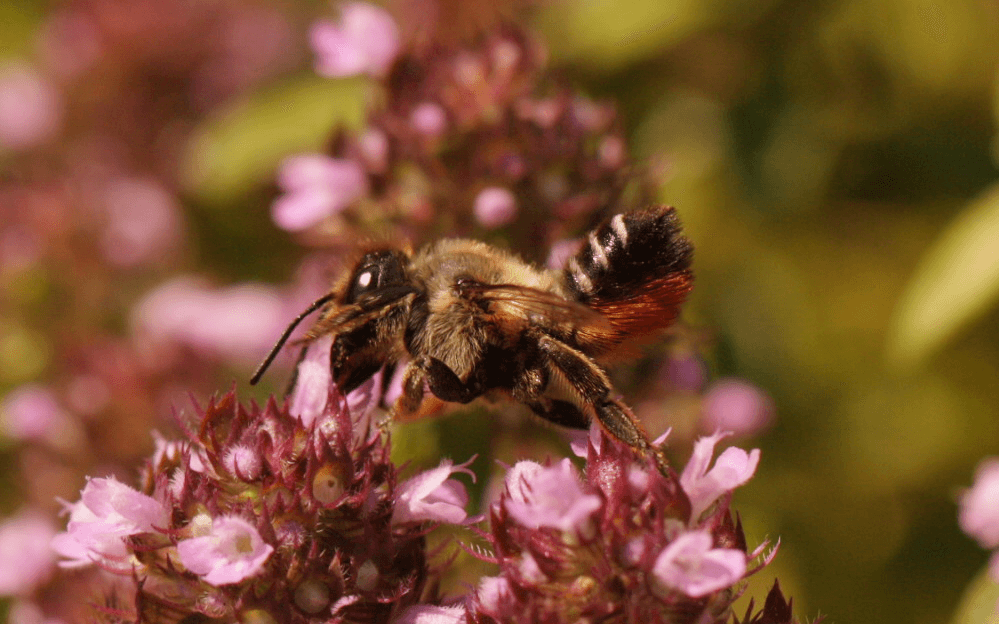
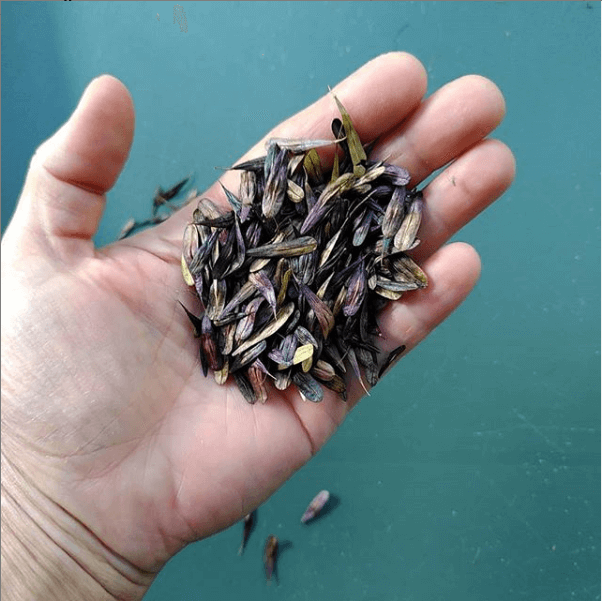
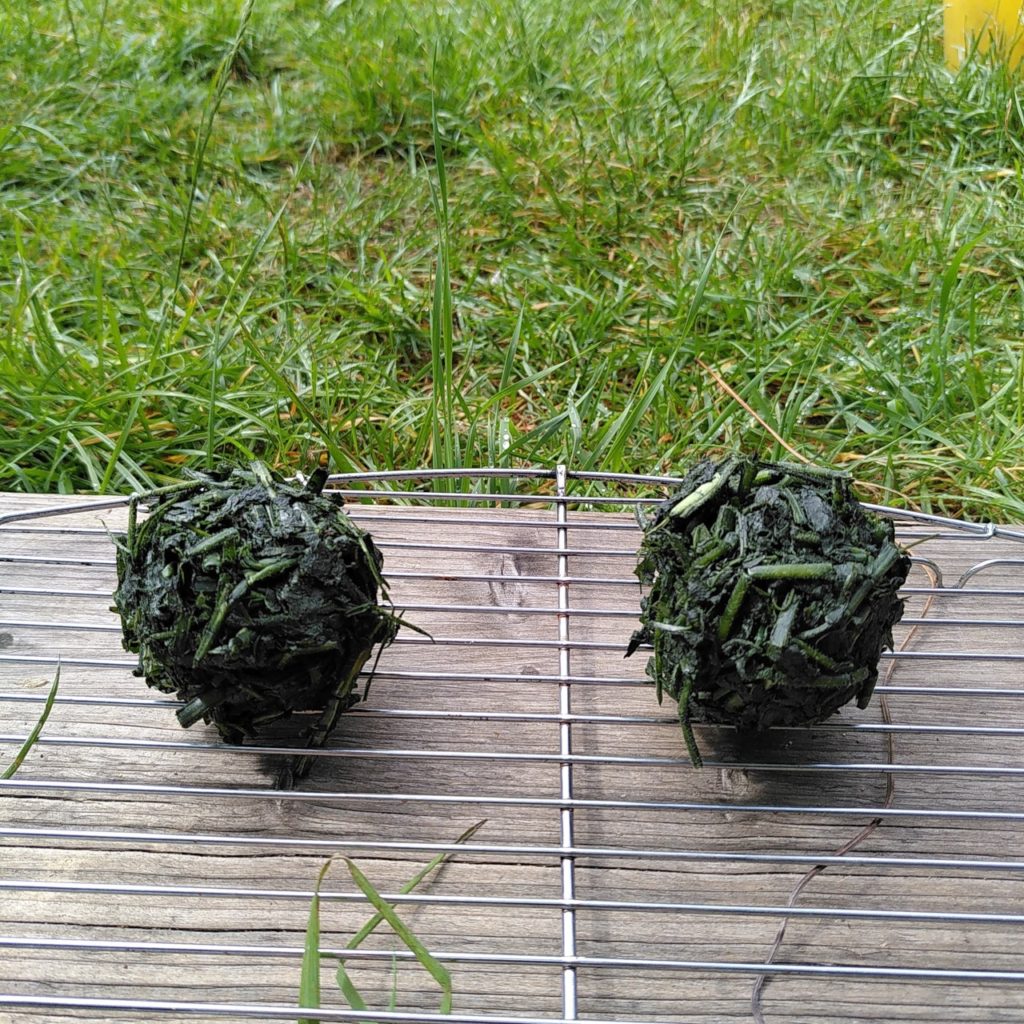 My very first woad balls! My hands were bright green after making these... and there was even a hint of blueishness to the green after a while.
My very first woad balls! My hands were bright green after making these... and there was even a hint of blueishness to the green after a while.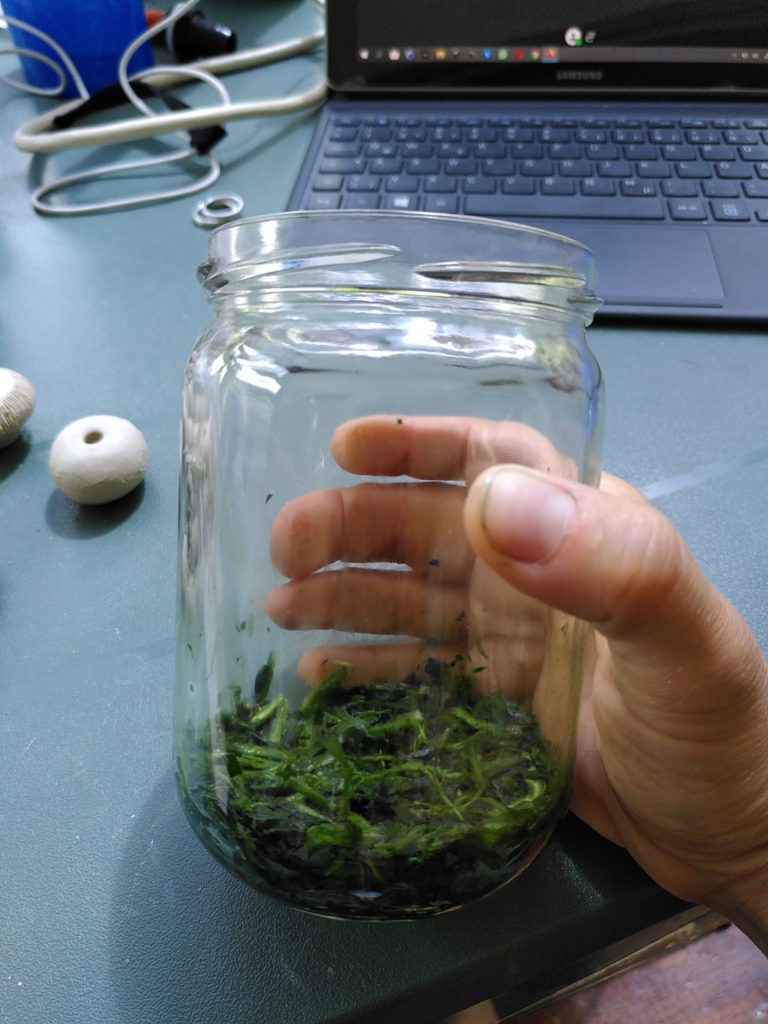 More woad crushed up, and ready to ferment for a bit. (Plus bonus fresh spindle whorls in the background...)
More woad crushed up, and ready to ferment for a bit. (Plus bonus fresh spindle whorls in the background...)